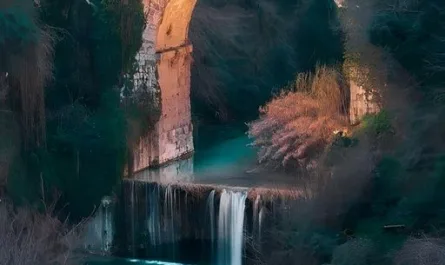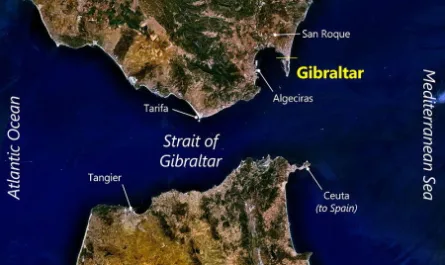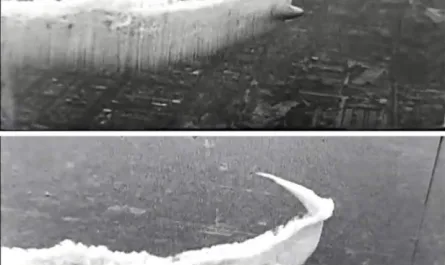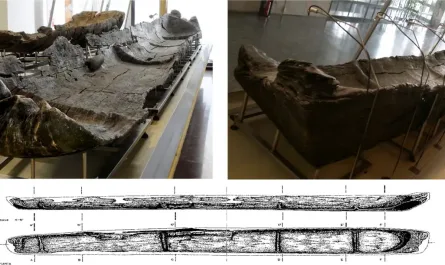Captured in a 1907 photograph, an Andean man stands before the Twelve-Angled Stone, a masterpiece of Inca masonry located on Hatun Rumiyoc street in Cusco, Peru. This renowned stone, a highlight of the city’s colonial architecture, showcases twelve distinct angles, each meticulously crafted to interlock flawlessly with adjacent stones without the use of mortar. The image offers a glimpse into the past, with the man providing a sense of scale to this extraordinary feat of engineering.
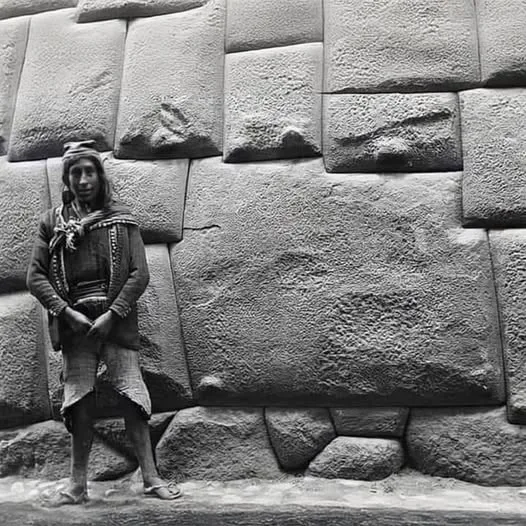
A Marvel of Precision
The Twelve-Angled Stone is celebrated for its seamless fit, where every edge aligns perfectly with its neighbors, creating a wall that has withstood centuries. This precision reflects the Inca civilization’s advanced understanding of stonework, likely honed over generations. The stone, part of a larger structure, exemplifies the Inca’s ability to shape and place massive blocks with remarkable accuracy, raising questions about the tools and techniques they employed—perhaps bronze chisels, stone hammers, and an intricate knowledge of geometry.
Engineering Ingenuity
The construction of such structures without modern machinery highlights the Inca’s ingenuity. Scholars suggest they used a combination of observation, trial-and-error, and communal labor, transporting stones from quarries miles away. The absence of mortar, replaced by the stones’ natural contours, showcases a sophisticated approach to stability and durability, ensuring the wall’s resilience against earthquakes—a common challenge in the Andean region.
Cultural Significance
Located in the historic heart of Cusco, the Twelve-Angled Stone is more than an architectural wonder; it symbolizes the Inca’s cultural and technological prowess. Integrated into a colonial building, it bridges pre-Columbian and Spanish influences, serving as a reminder of the city’s layered history. The photograph captures a moment when this legacy was still being rediscovered, drawing admiration from locals and visitors alike.
Reflecting on the Past
The Twelve-Angled Stone invites curiosity about the Inca methods, from quarrying to final placement, and the societal organization that supported such projects. For travelers, seeing it today in Cusco offers a tangible connection to this ancient civilization’s achievements. The 1907 image, with its Andean subject, underscores the enduring presence of the people who continue to honor this heritage.
Final Thoughts
The Twelve-Angled Stone stands as a enduring testament to Inca craftsmanship, its flawless design captured forever in that 1907 photograph. It beckons us to ponder the skills of a civilization that shaped stone with such artistry, leaving a legacy that still inspires awe in the modern era.
